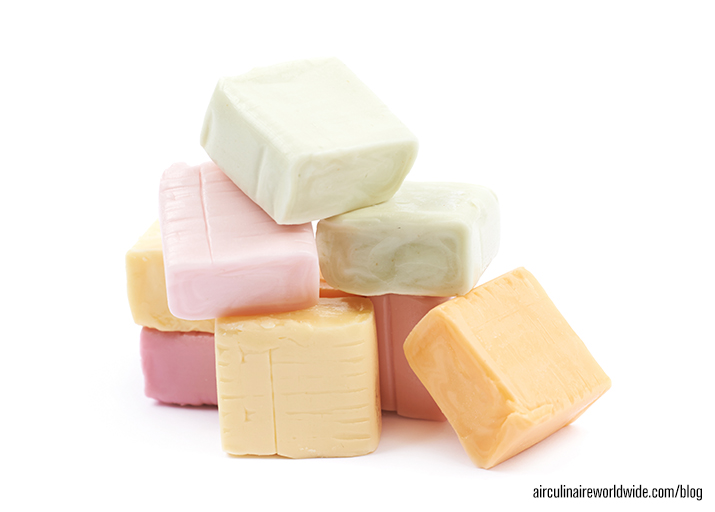The act of placing a substance into one’s mouth to repeatedly chew is prevalent across centuries, nations and cultures. The Ancient Greeks with mastic tree bark, the Ancient Mayans with chicle, Ancient Chinese with ginseng root, South Americans with coca leaves, South Asians with betel, and the list goes on. Purposes range from teeth cleaning, breath freshening, medicinal reasons, religious ceremonies or to simply relieve stress. Whatever the purpose, there is some intrinsic part of the human psyche that has a propensity for mastication.
In the modern world, the chewing gum industry is as varied as the types and flavors offered on the market. The worldwide chewing gum industry is valued at over $30 billion dollars in sales, with 35% of the market in the hands of US manufacturer Wrigley.
The next time you have a stick, chew on these facts:
- The world’s oldest piece of chewing gum is 9000 years old.
- North America spends about $500 million dollars a year on gum.
- In the US alone, the total amount of gum sold in a year would make a stick 3.5 million miles long.
- 100,000 tons of gum is chewed each year.
- On average, 60 to 70 percent of the ingredients in gum is sugar.
- The act of chewing gum burns about 10 calories per hour.
- Dentists now recommend chewing sugar-free gum to fight plaque and tooth decay.
- Swallowing gum will not stick to your intestines or stomach, it will also not be digested but will just pass through.
- The color of the first successful commercial gum was pink because it was the only color the inventor had on hand.
- Since 2004, it is illegal to import or bring gum into Singapore. Only a doctor can prescribe gum and there is a $700 fine for spitting gum on the streets.
Questions?
If you have any questions about this article or flight crew culinary training, contact me at rpeterson@airculinaire.com. For questions about in-flight catering, contact weborders@airculinaire.com.






